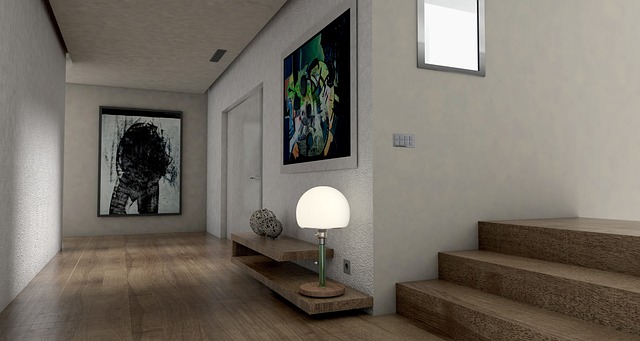Exploring the Future: How Holistic Simulation is Transforming Virtual Reality, Augmented Reality, and the Metaverse
As technology continues to evolve, the landscape of digital interaction is undergoing a fundamental transformation. At the heart of this evolution lies the concept of holistic simulation, a paradigm that integrates various sensory experiences into cohesive environments within virtual reality (VR), augmented reality (AR), and the metaverse. This shift signifies not just an enhancement in technology, but a profound change in how we interact with digital worlds.
The Essence of Holistic Simulation
Holistic simulation refers to the creation of comprehensive, immersive digital experiences that engage multiple senses and cognitive processes. Unlike traditional simulation techniques that might focus solely on visual or auditory stimuli, holistic simulation aims to envelop the user in a fully integrated environment. By taking into account emotional, kinesthetic, and social interactions, developers can craft experiences that resonate on a deeper level.
Virtual Reality: A Gateway to Infinite Possibilities
Virtual reality has always been about escaping the real world, and with holistic simulation, this escape becomes even more profound. Imagine stepping into a VR environment where every element—the sound of rustling leaves, the warmth of sunlight on your skin, the tactile feel of a sword in your hand—is designed to mimic reality. Holistic simulation enriches these experiences, allowing users to feel as if they are truly part of the virtual world. The result? Environments that can transport us to fantastical realms or provide therapeutic benefits, helping us confront fears, develop skills, or simply unwind.
Augmented Reality: Blending Real and Virtual Worlds
With augmented reality, the goal is to enhance our perception of the real world by layering digital information on top of our physical environment. Holistic simulation enhances this blend by creating interactions that feel natural and intuitive. Picture a medical student using AR to visualize human anatomy superimposed on a mannequin, allowing for a tactile and visual learning experience. Holistic simulation takes AR beyond simple overlays, incorporating sounds, movements, and contextual information to create a seamless integration of the digital and physical worlds.
The Metaverse: A New Dimension of Interaction
The metaverse, an expansive digital universe that combines online spaces, social interaction, and economic systems, is perhaps the most ambitious application of holistic simulation. This interconnected realm allows users to create, explore, and interact in ways that mimic real-life social dynamics. With advanced holistic simulation techniques, the metaverse can offer unparalleled experiences where users feel emotionally connected to others, engage in meaningful interactions, and participate in cooperative and competitive activities in a harmonious digital ecosystem.
As we venture further into the realms of VR, AR, and the metaverse, holistic simulation will undoubtedly be at the forefront of innovation. It invites us to not only observe but to participate, engage, and truly experience the digital realms we create. The journey into this future is not just about technology; it’s about reimagining the human experience in a digital age, where our senses and emotions are interwoven with our virtual adventures.



